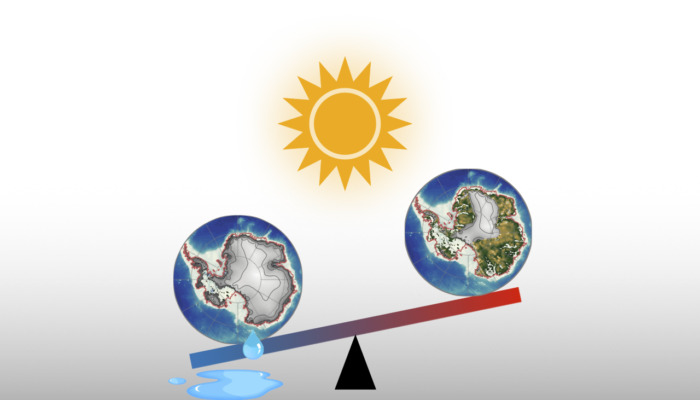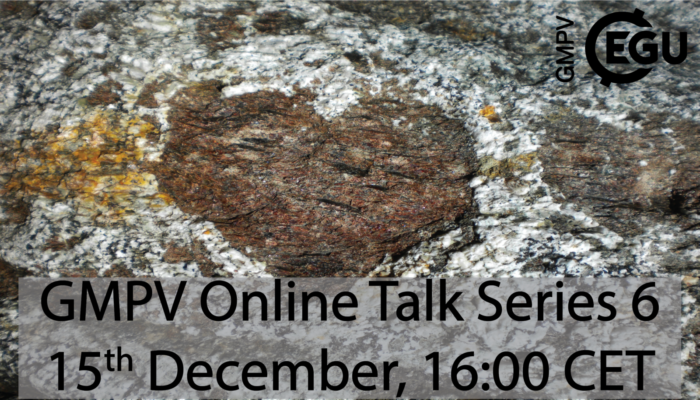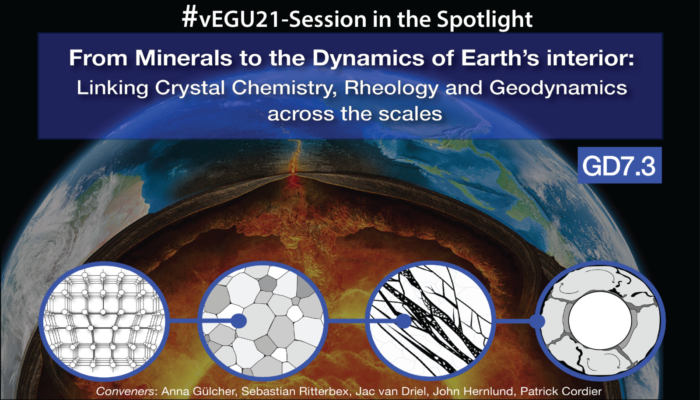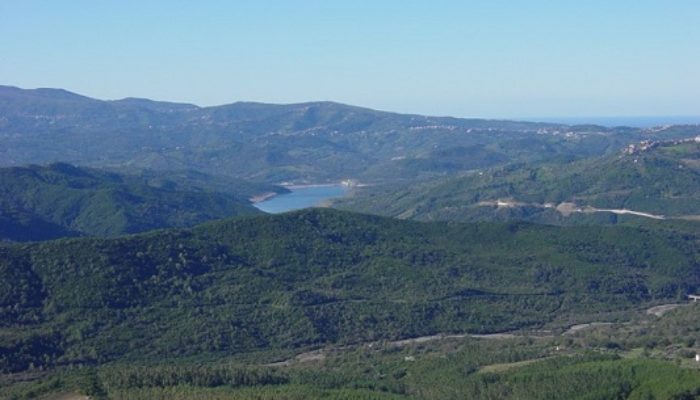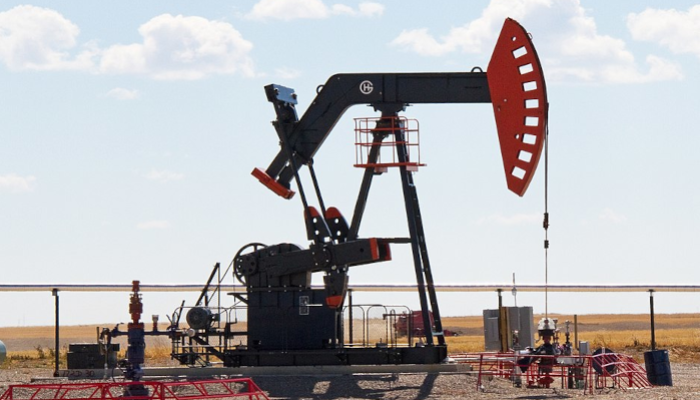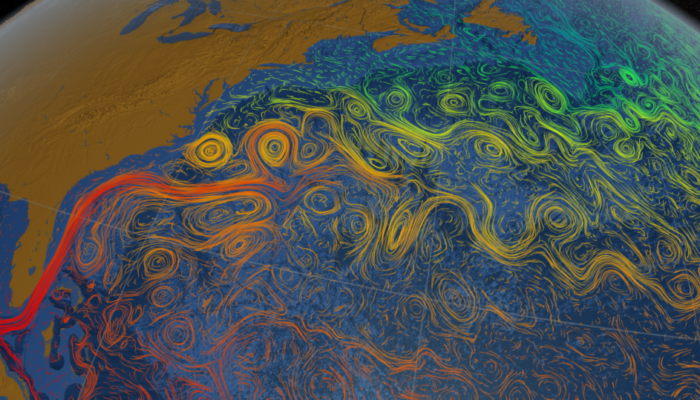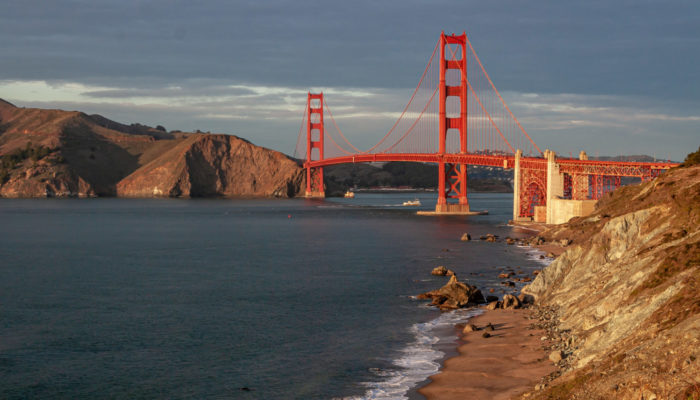Perhaps you have stumbled upon the word ‘hysteresis’ before, for example in connection with the stability behavior of our Earth’s large ice sheets and their long-term effect on global sea-level rise, or the long-term stability of the Atlantic Meridional Overturning Circulation, or even in another context outside earth/climate science. Or you might have come across this term during your studies, bu ...[Read More]
Geochemistry, Mineralogy, Petrology & Volcanology
GMPV ECS online talks: Tuesday 15 December
The 6th edition of the Geochemistry, Minerology, Petrology and Volcanology division’s early career scientists talks will be on Tuesday 15 December 4pm CET. Our speakers are: Giulia Consuma (PhD candidate @ University of Bologna) – Orogenic garnet peridotite: a window to trace carbon and sulfur mobility in fossil continental collision zones Niamh Faulkner (PhD candidate @ Trinity College Dublin) – ...[Read More]
Geodynamics
The Sassy Scientist – The Art Of War
It has been a while since Sun has published something. With working conditions improved, moral standards raised, publishing does and don’ts altered, the methods of funding acquisition have changed greatly during his quietude too. All puffed up again to get back in the game, Sun seeks to throw his hat in the ring: How can you make your research sexy more appealing? Dear Sun, Oh my … How ...[Read More]
Geochemistry, Mineralogy, Petrology & Volcanology
#vEGU21 – Session in the Spotlight: From minerals to the dynamics of Earth’s interior: linking crystal chemistry, rheology and geodynamics across the scales
In only 6 weeks the abstracts for the vEGU21 are already due! As always, the submission deadline is approaching way faster than we probably would like to, so it’s about time to think about a session you would like to submit your abstract to. However, in case you have not yet decided where you want to submit your abstract, we are happy to help! Every week from now on we will highlight some se ...[Read More]
Hydrological Sciences
Featured catchment: The Alento Hydrological Observatory in the middle of the Mediterranean Region
Importance of investigating water fluxes in Mediterranean catchments MOSAIC (Modeling and Observing a mosaic of processes for Soil and water resources management in the Alento critical zone and Implementing adaptation strategies to climate and land use Changes) is an interdisciplinary research program that was established by the Soil Hydrology Group of University of Naples Federico II (Italy) and ...[Read More]
Geodynamics
Across Borders and Sectors
Moving a country for a new job is a big step, but at the same time changing from an industry job to academics is definitely a leap in the unknown. This week Arushi Saxena, currently a post-doc at the University of Florida, writes about her experience taking these two steps at the same time. As geodynamicists, we are well aware that our numerical models are a function of the input parameters. A re ...[Read More]
Tectonics and Structural Geology
TS Must-read – Morgan (1968) Rises, Trenches, Great Faults, and Crustal Blocks
In his 1968 paper “Rises, Trenches, Great Faults, and Crustal Blocks”, Jason Morgan added the missing pieces of the plate tectonics: the representation of plates’ motion in terms of spherical surface, and plate rigidity. In the very first lines of the paper he describes his contribution as an “extension of the transform fault concept [of Wilson, 1965; see the TS-must-read blogpost of October 15, 2 ...[Read More]
Ocean Sciences
Life as a “dry” oceanographer – studying Earth’s oceans from your laptop
I didn’t always know that I would become an oceanographer when I grew up, but I knew I would be doing ‘Science’. I was born and raised in Paris, France. While growing up, I was always interested in Science, from watching documentaries about the universe or nature, to attending science events at museums. While Science is very wide and encompasses many fields of research, I wasn’t too cl ...[Read More]
Tectonics and Structural Geology
San Francisco: Where the Plates Meet
San Francisco has been a natural gathering place for people across the millennia. It is not a coincidence that this city, situated at the entrance to the largest estuary on the U.S. West Coast, owes its dramatic setting to active geology on the North American plate margin. The first people of the San Francisco Peninsula, the Ramaytush Ohlone, cared for the land here for thousands of years before E ...[Read More]
Cryospheric Sciences
Seafloor secrets: traces of the past Patagonian ice sheet
Today’s Patagonian ice caps are confined to the high-altitude Andean Mountain range as the Northern and Southern Patagonia ice fields, and they are rapidly melting. The southern part of the Patagonian ice cap drains partially through fast-flowing ice streams into the fjords of Patagonia. Glaciers in this region have been losing ice at accelerating rates by large calving events, due to rising globa ...[Read More]

